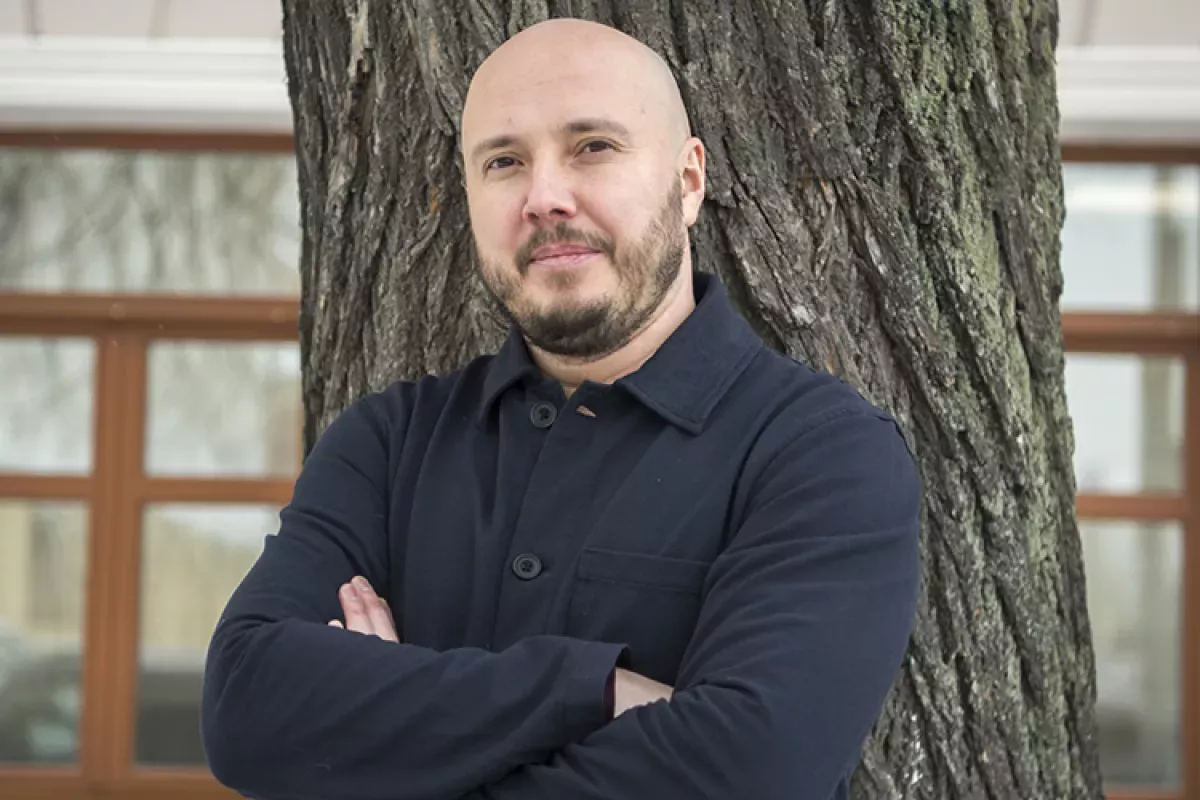Embedding Yerevan into the Kremlin’s orbit Experts on Lavrov’s visit to Armenia
“A full reset of relations with Moscow?” — such speculation has arisen in light of Russian Foreign Minister Sergey Lavrov’s visit to Armenia. Interestingly, although the visit’s programme appeared to be assembled rather hastily — just a few days prior, it was still said to be “under consideration” — it has now become clear that the agenda will be fairly extensive.
“The meetings will take place within the framework of the agreements reached at the highest level on October 8, 2024, as well as those made during Ararat Mirzoyan’s visit to Moscow on January 21,” stated the Russian Foreign Ministry.
However, the mood in Yerevan is far from welcoming. As reported by Armenian Telegram channels, on the morning of May 20, a large banner appeared on the Kyiv Bridge in the Armenian capital, depicting Russian President Vladimir Putin in handcuffs. This visual display is part of a protest campaign against the visit of Russia’s top diplomat, which, according to local sources, also includes demonstrations outside the Russian Embassy and the Ministry of Foreign Affairs building.
So how should Lavrov’s visit to Armenia be interpreted — as a routine coordination of positions in the context of bilateral cooperation, or as a serious reset in relations, potentially signalling a return to full alignment with Moscow’s influence? Caliber.Az posed this question to Russian experts.

According to Ruslan Aisin, editor-in-chief of the Poistine portal, Moscow is attempting once again to embed Armenia into its sphere of influence. However, this is not as simple as it may seem, as turning the geopolitical tide midway is no easy task.
“It’s important to clearly understand that Yerevan has already established certain relations with the European Union. Therefore, Prime Minister Pashinyan would likely prefer to be under the EU’s wing rather than under Russia’s. It’s also worth noting that his most recent meeting with President Aliyev was constructive and marked by mutual understanding. Given that, Armenia might be better off developing friendly relations with Baku and Europe, rather than returning to full Russian control. It’s also quite obvious that the Kremlin has no intention of coddling Yerevan. Especially now, with the return of Trump to the White House and other developments, Moscow has clearly regained confidence and strengthened its position, sensing that the initiative is shifting in its favour. That’s why it is trying to press its advantage — and Yerevan is now forced to consider its next move carefully.
Pashinyan may once again manage to slip out of Moscow’s ‘tight embrace’ and its evidently growing influence — something that has happened more than once in his political career.
As for the anti-Russian protests in Yerevan, they are yet another side effect of Pashinyan’s persistent attempts to balance between opposing camps. By accepting the jurisdiction of the International Criminal Court — which obliges Armenia to arrest Putin — Yerevan, with its political manoeuvring on all fronts, is now viewed with growing scepticism even within the EU. There is a clear understanding in Europe that Armenia is not a country capable of fulfilling the commitments it takes on,” said Aisin.

Political analyst Renat Savin, in turn, expressed the view that Yerevan has fallen into a trap of its own ambitions and poorly conceived initiatives — and, judging by the current trajectory, not for the last time.
“Pashinyan’s geopolitical splits — as the media aptly describe Yerevan’s foreign policy — are indeed costing Armenia dearly. Now, as Europe becomes noticeably less attentive to the country and Trump’s approach, which openly positions Moscow as a partner, gains traction, Pashinyan is forced to adapt to the new rules of the game. Europe is clearly not as interested in Armenia as it initially seemed. This was predictable, of course, but it’s rather ironic that Yerevan took the bait of European ‘carrots’, damaging its relations with Moscow and significantly weakening its own position. In contrast to Azerbaijan, which consistently demonstrates the strength and will to define its boundaries and vision. The cancelled and then carried out visits of leaders on May 9 vividly illustrate who views Moscow as a partner — and who sees it as a suzerain.
So, Lavrov’s current visit to Armenia only confirms the fact that Pashinyan’s policy remains vague and demonstrably weak, lacking the ability to anticipate future moves. Armenia is once again slipping under Russia’s influence — a step that, for Pashinyan, has become almost inevitable,” Savin concluded.








